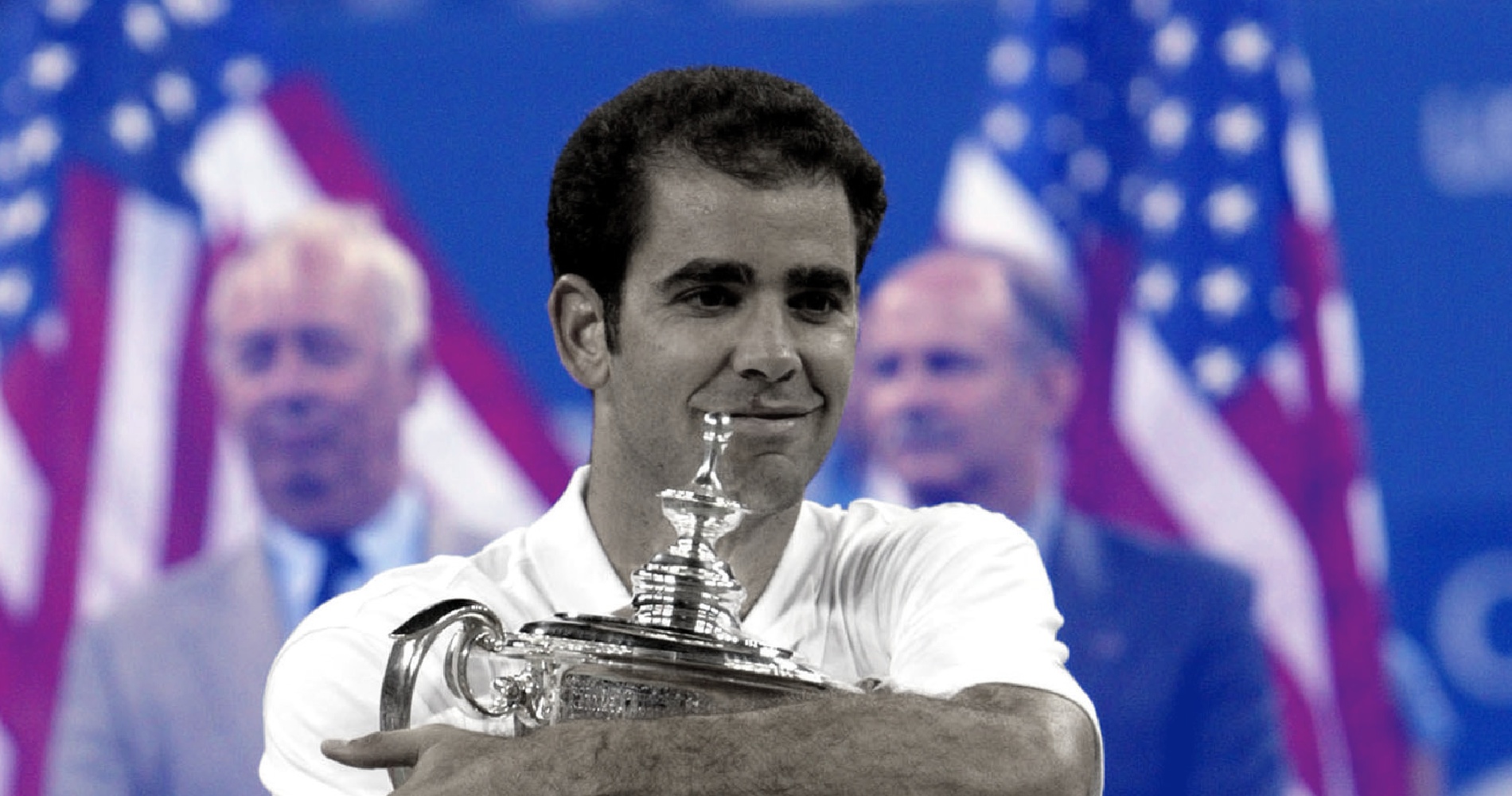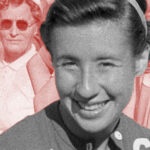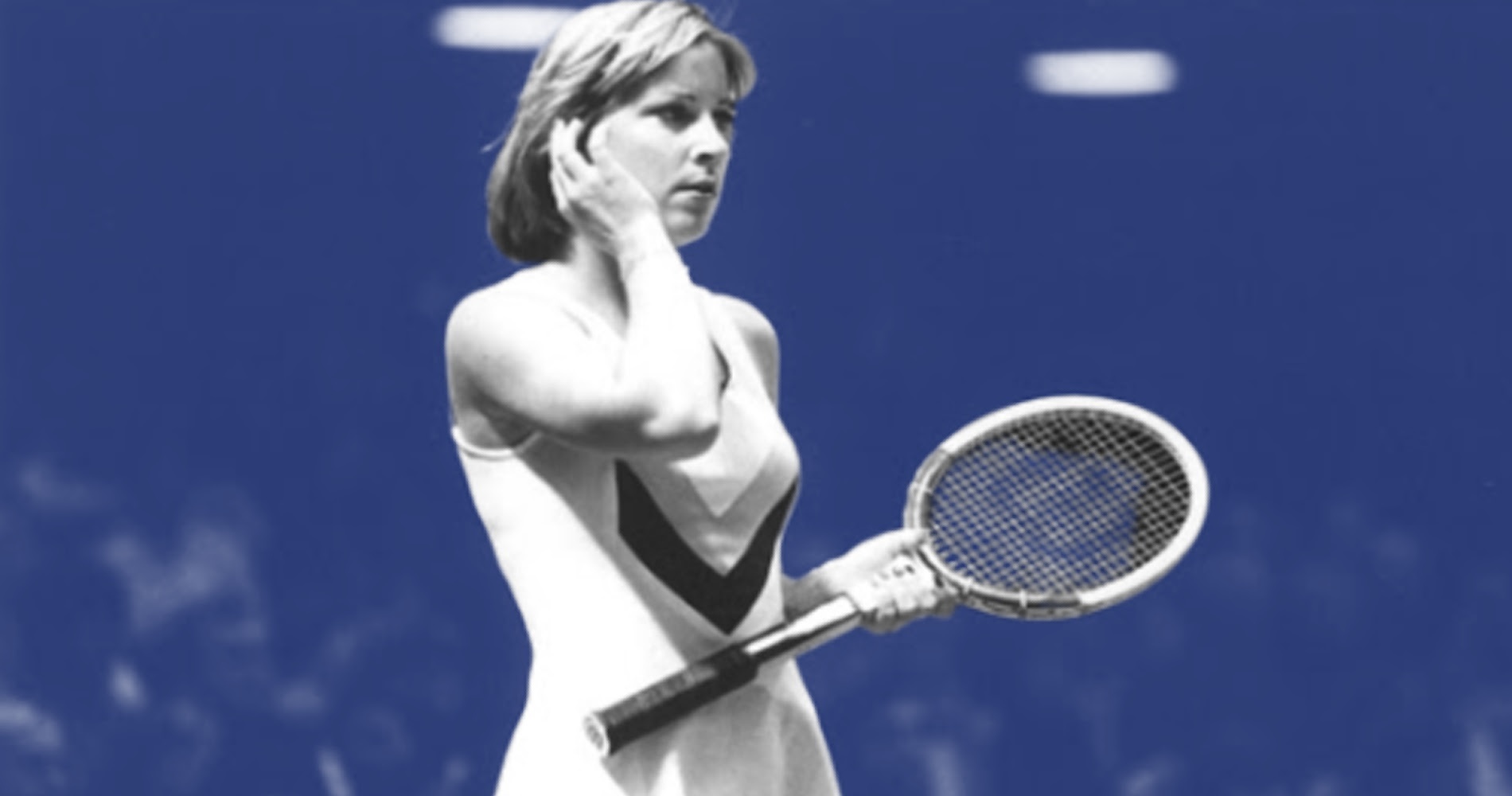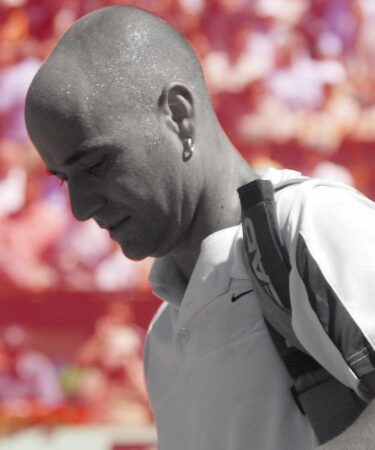September 9, 1990: The day Pete Sampras became the youngest US Open champion in history
Every day Tennis Majors takes you back in time to celebrate a great moment in tennis history. Today, we go back to 1990 to witness how 19-year old Pete Sampras won the US Open defeating his rival Andre Agassi in the final and created history
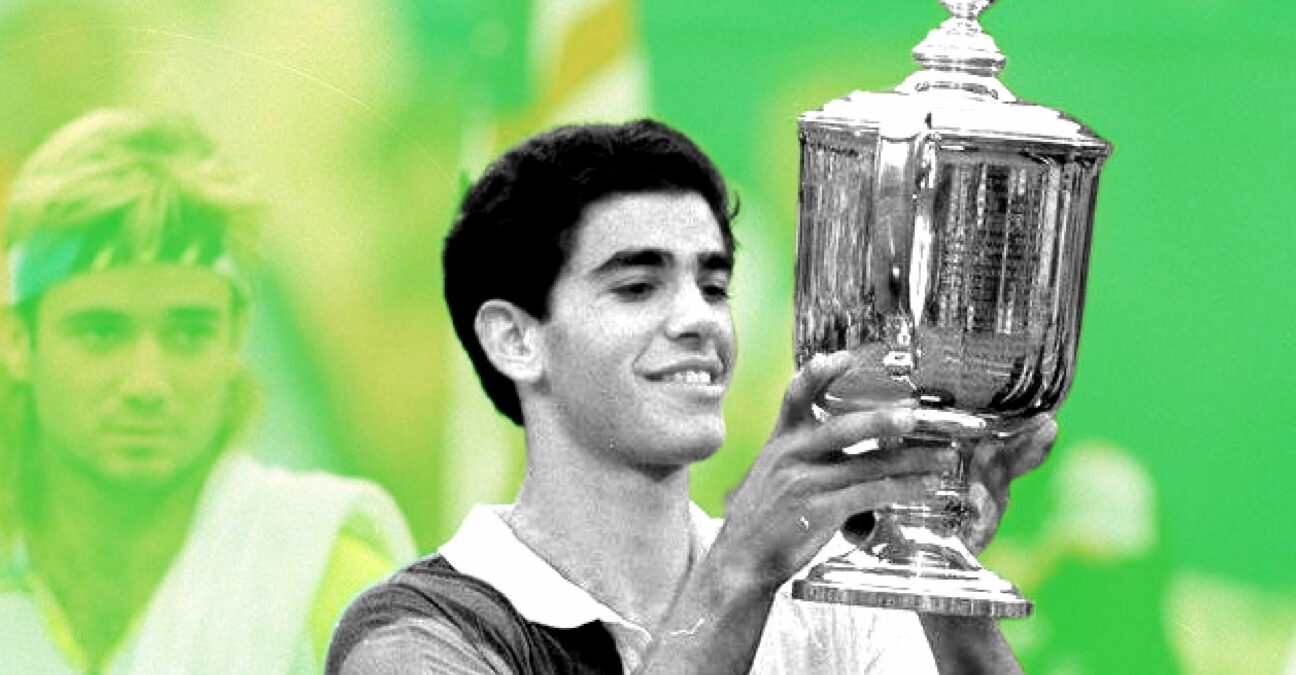 Pete Sampras
Pete Sampras
What happened exactly on that day?
On this day, September 9, 1990, Pete Sampras, 19 years old at the time, delivered a perfect match to defeat Andre Agassi in the US Open final in straight sets (6-4, 6-3, 6-2). The Californian was the youngest male player to ever win the tournament, a record held until that point by John McEnroe, who had triumphed in New York at the age of 20 in 1979. This final, which was also the youngest Grand Slam final of the Open era, was the beginning of the greatest rivalry of the 1990s in men’s tennis.
Youngest Grand Slam finals in the Open Era (by average of two finalists)
- 1990 US Open: Pete Sampras vs Andre Agassi (19 years 8 months)
- 1989 Roland Garros: Michael Chang vs Stefan Edberg (20 years 4 months)
- 1985 Australian Open: Stefan Edberg vs Mats Wilander (20 years 7 months)
- 1983 Roland Garros: Yannick Noah vs Mats Wilander (20 years 11 months)
- 1975 Roland Garros: Bjorn Borg vs Guillermo Vilas (20 years 11 months)
The players: Pete Sampras and Andre Agassi
- Pete Sampras: Rising American star

Pete Sampras was born in 1971. Although he was a part of a golden American generation, along with Agassi, Chang and Courier, he was the last of them to become a top player. At the end of 1989, while his rivals had all claimed titles and achieved breakthrough Grand Slam results, Sampras was only No 81 in the world.
In November that year, Ivan Lendl, world No 1 at the time, invited him to his house to practice with him for 10 days: the young American then realized what kind of work ethics were required to become a great champion. Six months later, he had already broken into the top 20 after having claimed his first two titles in Philadelphia and Manchester. When the US Open began, he was ranked No 12 in the world.
- Andre Agassi: Brash American, brilliant baseliner
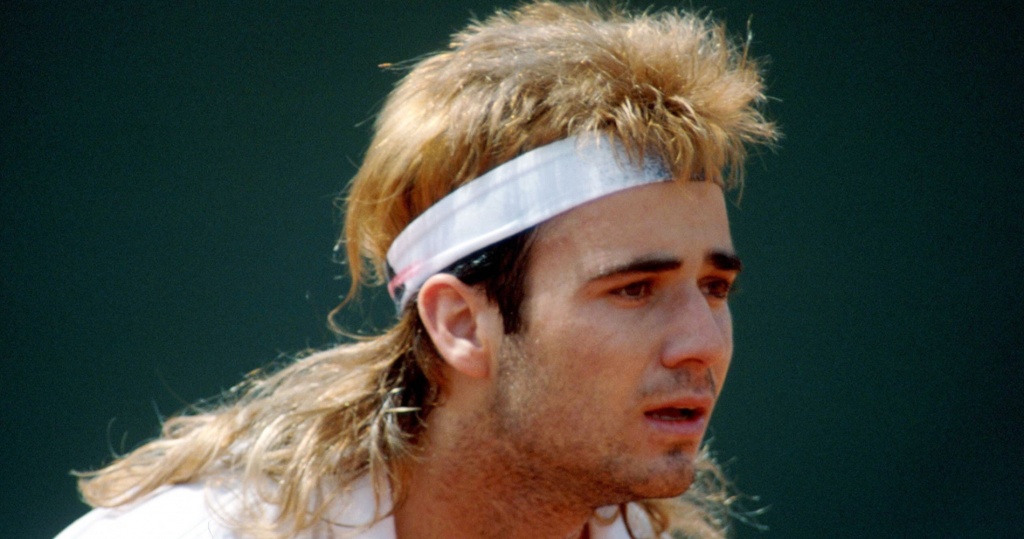
Andre Agassi, the Las Vegas Kid, born in 1970, had turned professional in 1986 and had soon become one of the sport’s’ biggest superstars, thanks to his incredible tennis skills and also due to his interesting outfits, including the iconic denim shorts and the pink bike shorts (worn as an underlayer). Taught by his father and bred at the Nick Bollettieri Academy, his game relied on a great return (the best of its time) and on hitting the ball on the rise off both flanks with incredible power, which was revolutionary at the time and then copied by generations of tennis players.
In 1990, at the age of 20, Andre Agassi had already claimed 11 ATP titles and reached the Grand Slam semi-final stage on three occasions, at Roland-Garros 1988 (lost to Mats Wilander, 4-6, 6-2, 7-5, 5-7, 6-0) and at the US Open in 1988 and 1989 (lost to Ivan Lendl each time). In 1990, he reached the final at Roland-Garros, where, although he was the heavy favourite, he was defeated by Andres Gomez (6-3, 2-6, 6-4, 6-4). The only thing he still lacked was a Grand Slam title.
The place: Flushing Meadows, New York
The US Open (known as the US National Championships before 1968 and the start of the Open Era), was established in 1881, and, although it is the only Grand Slam to have been played every single year without an interruption since its beginning, it moved several times locations throughout the 20th century.
First held in August 1881 on grass courts at the Newport Casino, on Rhode Island, the tournament moved to New-York in 1915, where it was held at the West Side Tennis Club, at Forest Hills until 1977 (with the exception of years 1921-1923, when the event was moved to Philadelphia).
In the years 1975-1977, the event was played on clay. In 1978, the US Open left the West Side Tennis Club, which was now too small for such an important event, for the USTA National Tennis Center, located in Flushing Meadows, New-York, and the decision was made to change the surface to hard courts. The Tennis Center was one of the biggest tennis complexes in the world: its center court was the Louis Armstrong Stadium, which had a capacity of 14,000 spectators.
The facts: Sampras wins in straight sets
In 1990, the New York crowd, who hadn’t seen an American male player winning the US Open since John McEnroe in 1985, was finally going to witness a countryman lift the trophy again. The all-American final was the youngest Grand Slam final of the Open Era, as, on one side of the net stood 20-year-old Andre Agassi, and on the other side stood Pete Sampras, 19 years and 28 days old.
It was no surprise to see Agassi in the US Open final. The Las Vegas Kid had already reached the semi-finals twice at Flushing Meadows, and in 1990, he had finished runner-up at Roland-Garros. On top of that, the exquisite performance he delivered to defeat Boris Becker in the semi-finals (6-7, 6-3, 6-2, 6-3) was so impressive that it was hard to imagine him falling to a newcomer like Sampras.
Even Becker, who was not easily impressed, admitted being astounded. ”I think he hit everything into the corners for three hours,” said the German, according to The New York Times. “I think it was a really important match for him: he proved to everyone that he is a world-class tennis player.”
However, Sampras, his list of achievements still much shorter compared to Agassi, was not to be underestimated. In the quarter-finals, he eliminated Ivan Lendl (6-4, 7-6, 3-6, 4-6, 6-2), a three-time US Open champion who had appeared in the eight previous finals. In the semi-finals, he totally outpowered another former world No 1, John McEnroe, whom he stunned, blasting no fewer than 17 aces. ”His pace put me off a little bit,” McEnroe said. ”He seems to be very cool, cool as a cucumber.’

Nonetheless, not many experts would have put a bet on Sampras, who had never played a major final before, and could possibly choke, while Agassi was more experienced at this level. 30 years later, Sampras would confirm that in an interview with Steve Flink, quoted by ATPTour.com. “No doubt about it,” said Sampras. “I knew Andre was the heavy favourite at that ‘90 Open. As far as our games at that point, he was a much better player who had been ranked world No 3. He had been around and was much more established than I was.”
The 19-year-old Californian proved everyone wrong and kept this coolness which had disturbed McEnroe in the previous round. “The stadium was packed for our match, but I felt relaxed and comfortable,” he would write, years later, in his autobiography, A Champion’s Mind. His shots, however, were all but cool to Agassi, who was overwhelmed by a display of aces and winners.
“The match, at my end, was played in a fog of inevitability and invincibility. With my ground strokes working well, the final piece had fallen into place. From the start, I was making Andre move around a lot, and he was missing quite a bit. Once again, I was serving huge – it was like I could hit an ace any time I wanted. To this day, I have a visceral memory of that feeling and rhythm. I could feel the ace coming before I hit it: All right, I’m gonna pop an ace, here it comes – boom! Ace!”
In only one hour and 42 minutes, Sampras destroyed his opponent (6-4, 6-3, 6-2), who failed to even reach deuce on his return games in the first two sets. He became the youngest male player to ever lift the US Open trophy: “The kid on camera accepting the US Open men’s singles trophy was me.”
As for Agassi, despite the disappointment of losing a second consecutive Grand Slam final, he was mainly stunned by his opponent’s performance, and he even said that he felt as if he had been the victim of an “old-fashioned street mugging”.
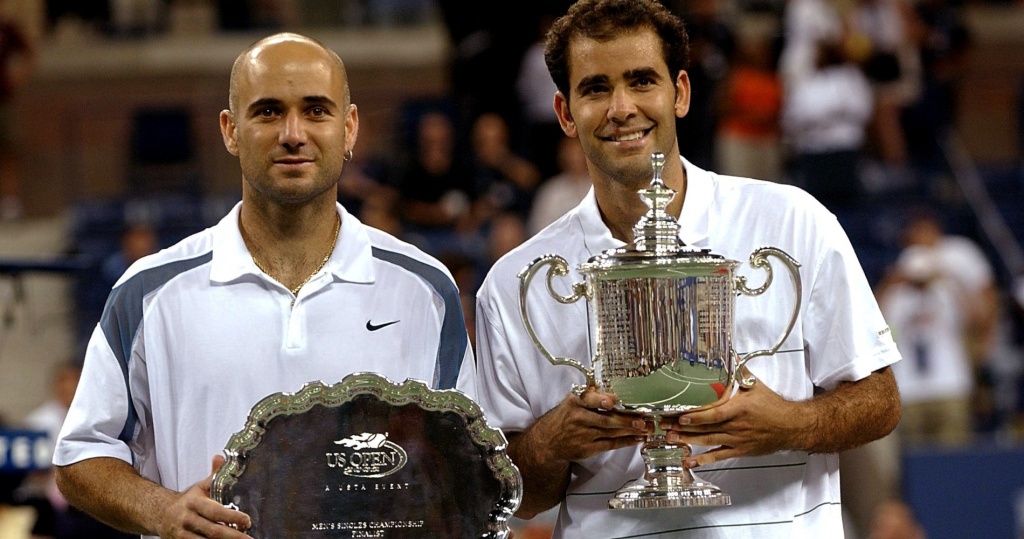
What next: Sampras, Agassi win 21 more slams between them
Years later, Pete Sampras still remains the youngest winner of the US Open men’s event.
Youngest US Open champions
- 1. Pete Sampras 1990 19 years, 0 months, 28 days
- 2. Oliver S. Campbell 1890 19 years, 6 months, 9 days
- 3. Richard Sears 1881 19 years, 10 months, 8 days
- Open Era:
- 1. Pete Sampras 1990 19 years, 0 months, 28 days
- 2. Lleyton Hewitt 2001 20 years, 6 months, 13 days
- 3. John McEnroe 1979 20 years, 6 months, 24 days
In 1991 and 1992, Sampras would face several big disappointments, such as losing his two matches in the 1991 Davis Cup final (against Frenchmen Henri Leconte and Guy Forget) and a cruel loss to Stefan Edberg in the 1992 US Open final (3-6, 6-4, 7-6, 6-2). In 1993, he would become world No 1, triumphing at both Wimbledon and the US Open. This would be the beginning of a six-year domination on the ATP Tour. The only player in tennis history to end six consecutive years as world No 1, Sampras would claim 14 Grand Slam titles, an all-time record at the time, which later be surpassed by Roger Federer, then Rafael Nadal and then Novak Djokovic.
Andre Agassi would face another disappointment in the final of a Grand Slam, defeated by Jim Courier at Roland-Garros in 1991, before he would finally lift his first major trophy, at Wimbledon, in 1992, defeating Goran Ivanisevic in the final (6-7, 6-4, 6-4, 1-6, 6-4).
Samrpas and Agassi’s rivalry, the most iconic of their time, would peak in 1995, when they would fight for world No 1 ranking, facing each other in three Masters 1000 finals and two Grand Slam finals. Agassi would prevail in Australia and Sampras would take his revenge in New York. Even when Pete Sampras would start to decline in his late years, he would always perform at his best when he was up against Agassi. Their best match would remain their encounter in the 2001 US Open quarter-finals, Sampras winning 6-7, 7-6, 7-6, 7-6 without a break. The last episode of their rivalry would take place where it had begun in 1990, when Sampras defeated Agassi in the 2002 US Open final to end his career on a last major success.
